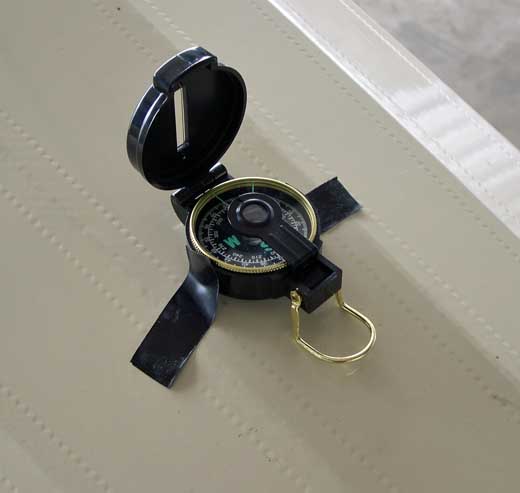FYI: if talking about your mag compass it's +/- 10 degrees error allowed to be documented on the correction card.It's very difficult to know the 1-4º of variation that needs to be documented on the compass card from a painted marking.
One of the tricks to using a compass rose is to line up the main wheels on the opposite cardinal heading paint lines. Once you have your N/S-E/W magnets set then use a ground spotter to put your nose on the remaining compass points.from a painted marking.

